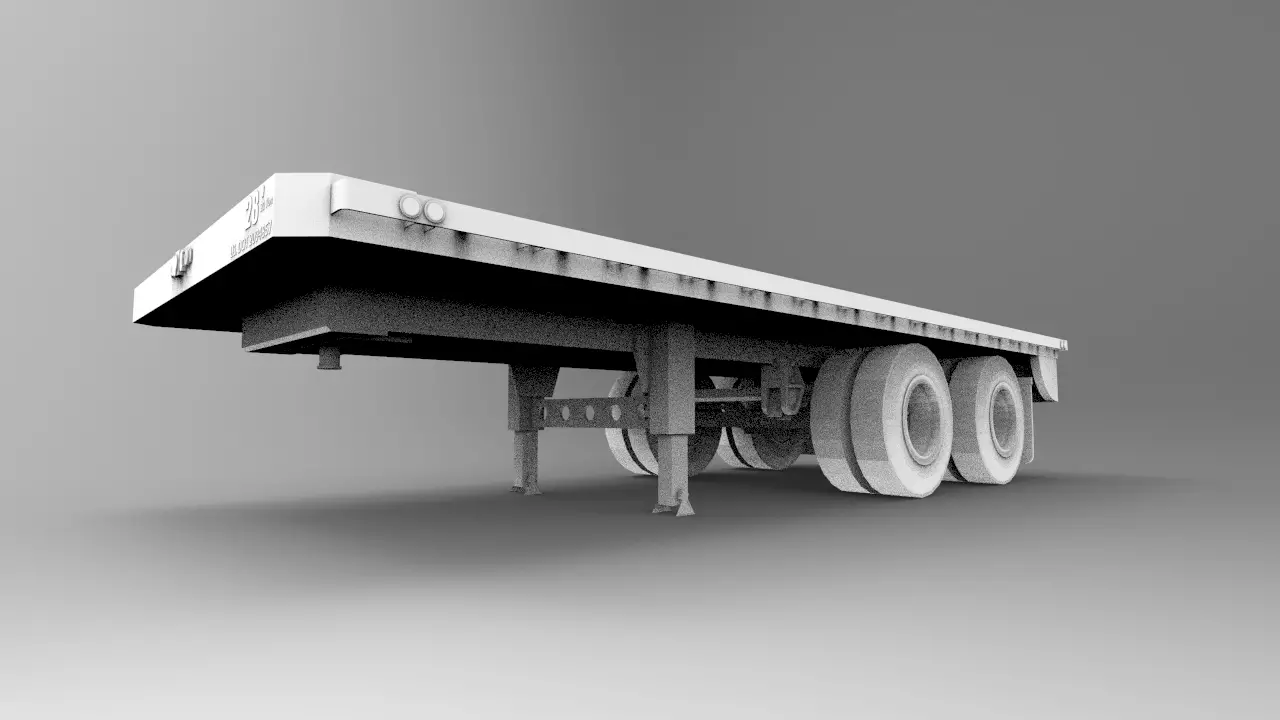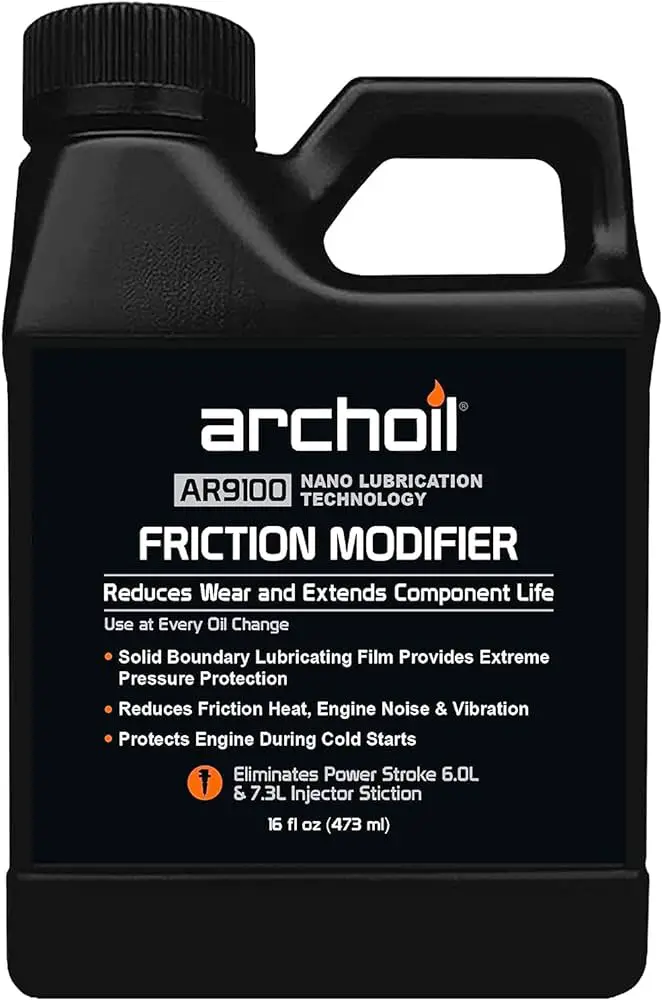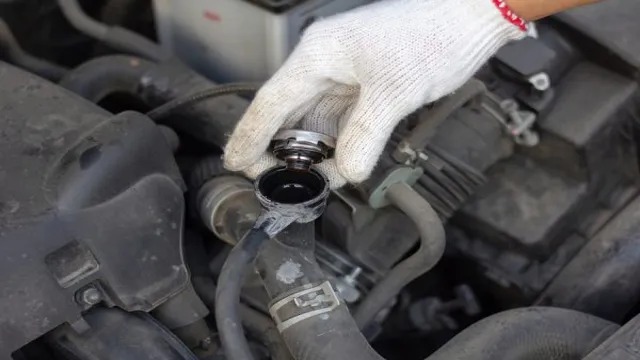Homemade Fuel Trailer: Efficiency and Versatility
Are you tired of constantly driving to the gas station with multiple fuel containers to fill up for your outdoor equipment, generators, or farm machinery? Building your own homemade fuel trailer can be a cost-effective and convenient solution for transporting and storing fuel. In this comprehensive guide, we will take you through the step-by-step process of building your very own homemade fuel trailer.
Benefits of a Homemade Fuel Trailer
Before we delve into the technical aspects of building a homemade fuel trailer, it’s important to understand the various benefits that come with this DIY project.
- Convenience: Having a fuel trailer allows you to transport large quantities of fuel to remote locations without the hassle of multiple trips to the gas station.
- Cost-Effective: Building your own fuel trailer can be more affordable than purchasing a pre-made one, especially if you have access to used materials and equipment.
- Customization: With a homemade fuel trailer, you have the flexibility to customize the design and features based on your specific needs and preferences.
- Self-Sufficiency: By having your own fuel supply on a trailer, you can be more self-reliant, especially in emergency situations or off-grid locations.
Building Your Homemade Fuel Trailer
Now that we’ve highlighted the advantages of owning a homemade fuel trailer, let’s dive into the process of building one.
Materials And Equipment
Before you begin the construction, gather the necessary materials and equipment. Here’s a basic list to get you started:
| Materials | Equipment |
|---|---|
| Steel frame or trailer chassis | Welder |
| Fuel tank | Circular saw |
| Steel sheets | Drill |
| Hitch and coupler | Grinder |
| Axle and wheels | Measuring tape |
| Lights and wiring | Paint and primer |
| Reflective tape |
Construction Steps
With the necessary materials and equipment at hand, follow these general steps to build your homemade fuel trailer:
- Prepare the Frame: If you are starting with a steel frame or trailer chassis, ensure that it is structurally sound and well-suited for carrying a fuel tank.
- Install the Fuel Tank: Secure the fuel tank to the frame using straps or brackets. Ensure that the tank is positioned securely and is easily accessible for filling and maintenance.
- Build the Enclosure: Use steel sheets to construct an enclosure around the fuel tank. This enclosure should provide protection and support for the tank, as well as secure storage for related equipment and accessories.
- Add Functional Components: Install the hitch, coupler, axle, wheels, lights, wiring, and reflective tape according to safety standards and local regulations.
- Finishing Touches: Apply paint and primer to the trailer to protect it from rust and corrosion. Consider adding additional features such as toolboxes, pump mounts, or hose reels based on your specific needs.

Credit: www.amazon.com
Safety and Legal Considerations
When building and using a homemade fuel trailer, it is crucial to prioritize safety and comply with legal requirements. Here are some important considerations:
- Safety Standards: Ensure that the construction and components of the fuel trailer meet safety standards and regulations related to fuel transportation and storage.
- Fire Safety: Implement fire safety measures such as using a properly ventilated fuel tank and incorporating fire extinguishers and emergency shutoff valves.
- Legal Compliance: Familiarize yourself with local, state, and federal regulations concerning homemade trailers, fuel transportation, and road use. This may include registration, licensing, and certification requirements.
- Regular Maintenance: Schedule regular inspections and maintenance for your homemade fuel trailer to ensure its safe and continued operation.
Frequently Asked Questions Of Homemade Fuel Trailer: Efficiency And Versatility
What Are The Advantages Of A Homemade Fuel Trailer?
Homemade fuel trailers offer cost savings, portability, and the ability to customize fuel storage capacity.
How Can I Ensure The Safety Of Using A Homemade Fuel Trailer?
To ensure safety, always adhere to local regulations, conduct regular maintenance, and follow best practices for fuel storage and transportation.
Are Homemade Fuel Trailers Legal To Use And Transport?
Homemade fuel trailers are legal as long as they comply with local regulations for fuel storage and transportation.
What Materials Are Typically Used To Build Homemade Fuel Trailers?
Common materials for homemade fuel trailers include steel, aluminum, and specialized fuel-grade plastics, ensuring durability and safety.
Conclusion
Building a homemade fuel trailer can be a rewarding and practical DIY project for individuals and businesses that rely on a steady supply of fuel for various purposes. By following the steps outlined in this guide and adhering to safety and legal considerations, you can create a customized fuel transportation solution that suits your specific needs. Take the time to plan and execute the construction carefully, and enjoy the convenience and self-sufficiency that come with owning your own homemade fuel trailer.







